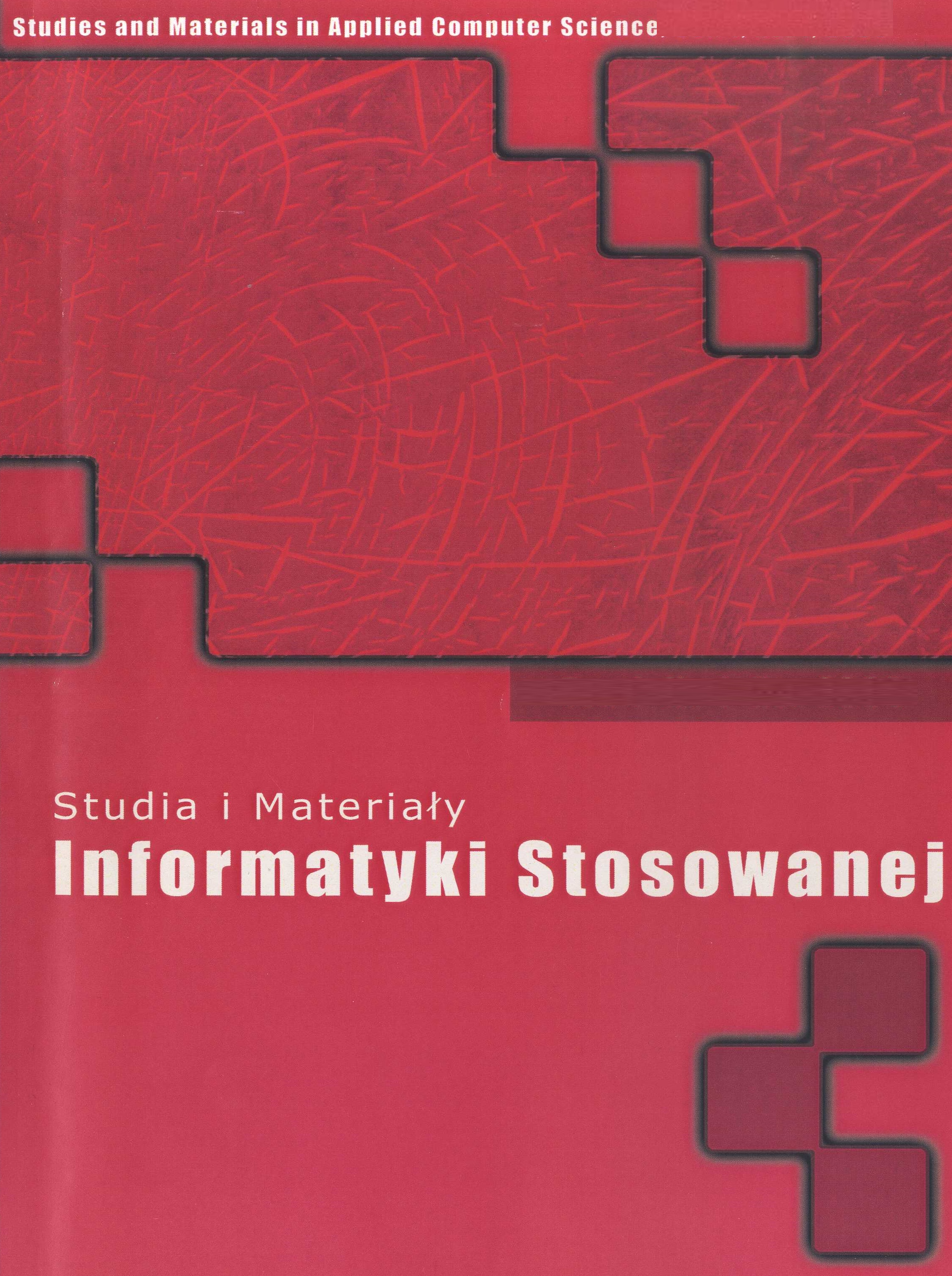Comparison of the efficiency of time and frequency domain descriptors for the classification of selected wind instruments
DOI:
https://doi.org/10.34767/SIMIS.2022.03.02Keywords:
Power Spectrum, MFCC, Timbre, Music Instrument Identification, MPEG 7, aerophonesAbstract
By analyzing the physical features of the time domain and the frequency domain of the audio signal, it is possible to determine its source and use appropriate algorithms to automatically classify of it. The issue of sound indexing deals with the analysis of different classes and sources - including signals from musical instruments. By calculating the values of descriptors and classifying them, we obtain information about the type of instrument and its structure - most often the material from which it was made. During the conducted research, it turned out that a different composition of the feature vector is implemented to describe brass instruments and a different one for wooden instruments. In this case, the key feature may be harmonic highs in the frequency domain. The conducted experiments concern an attempt to parameterize wind instruments (aerophones) in order to compare the classification effectiveness of time and spectral descriptors. Sounds from a tube, a flute and a soprano saxophone were used for research. The sample population for each instrument was 21.
References
Kim H-G, Moreau N, Sikora T. (2005) “MPEG7 Audio and Beyond - audio content indexing and retrieval.” John Wiley & Sons, Ltd.
Tyburek K, Prokopowicz P, Kotlarz P. (2014) “Computational intelligence in a classication of audio recordings of nature.” In: Proc. of the 6th International Conference on Fuzzy Computation Theory and Applications, Scitepress - Science and Technology Publications. Rome, Italy.
Tyburek K, Prokopowicz P, Kotlarz P, Repka M. (2015) “Comparison of the Efficiency of Time and Frequency Descriptors Based on Different Classification Conceptions, Artificial Intelligence and Soft Computing,” Volume 9119 of the series Lecture Notes in Computer Science pp 491-502.
Lindsay AT, Burnett I, Quackenbush S, Jackson M. (2002) “Fundamentals of audio descriptions, in Introduction to MPEG-7” Multimedia Content Description Interface by Manjunath, B S, Salembier, P, Sikora, T, John Wiley and Sons, Ltd. pp. 283-298.
Tyburek K, Prokopowicz P, Kotlarz P. (2014) “Fuzzy System for the Classication of Sounds of Birds Based on the Audio Descriptors”, Articial Intelligence and Soft Computing Lecture Notes in Computer Science; 8468:700-709.
Tyburek K, (2021) „The Folk Music Instrument Identification, Ocarina as an Example” nnovation Management and Sustainable Economic Development in the Era of Global Pandemic. Proceedings of the 38th International Business Information Management Association Conference (IBIMA), p.p 2188-2196, ISBN: 978-0-9998551-7-1
Tyburek K, Kotlarz P, „Histogram Features for Recognition Species of Birds”, Innovation Management and information Technology impact on Global Economy in the Era of Pandemic. Proceedings of the 37th International Business Information Management Association Conference (IBIMA), p.p 974-982, ISBN: 978-0-9998551-6-4
Tyburek K, „Parameterisation of human speech after total laryngectomy surgery”, Computer Speech and Language - 2022, Vol. 72,art. no 101313, pISSN: 0885-2308, DOI: 10.1016/j.csl.2021.101313
Prokopowicz P., Mikołajewski D., Tyburek K., Mikołajewska E. (2020) “Computational gait analysis for post-stroke rehabilitation purposes using fuzzy numbers, fractal dimension and neural networks.” Bulletin of the Polish Academy of Sciences - Technical Science, 68(2):191-198
Prokopowicz P., Mikołajewski D., Tyburek K., Mikołajewska E., Kotlarz P. (2019) “AI-Based Analysis of Selected Gait Parameters in Post-stroke Patients.” In: Choraś M., Choraś R. (eds.) Image Processing and Communications. IP&C. Advances in Intelligent Systems and Computing, vol 1062. Springer, Cham, pp. 197-205
B. Logan, ‘‘Mel Frequency Cepstral Coefficients for Music Modeling,’’ Proc. Int. Symp. on Music Information Retrieval (ISMIR) (2000).
C. W. Weng, C. Y. Lin, and J. S. R. Jang, ‘‘Music Instrument Identification Using MFCC: Erhu as an Example,’’ in Proc. 9th Int. Conf. of the Asia Pacific Society for Ethnomusicology (Phnom Penh, Cambodia, 2004), pp. 42–43.
W. Brent, ‘‘Perceptually Based Pitch Scales in Cepstral Techniques for Percussive Timbre Identification,’’ in Proc. 2009 Int. Computer Music Conf. (2009), pp. 121–124.
A. B. Horner, J. W. Beauchamp, and R. H. Y. So, ‘‘Detection of Random Alterations to Time-Varying Musical Instrument Spectra,’’ J. Acoust. Soc. Am., vol. 116, pp. 1800–1810 (2004).
D. Gunawan and D. Sen, ‘‘Spectral Envelope Sensitivity of Musical Instrument Sounds,’’ J. Acoust. Soc. Am., vol. 123, pp. 500–506 (2008).
A. K. Datta, S. S. Solanki, R. Sengupta, S. Chakraborty, K. Mahto, and A. Patranabis. Automatic Musical Instrument Recognition, pages 167–232. Springer Singapore, Singapore, 2017.
A. J. Eronen and A. Klapuri. Musical instrument recognition using cepstral coefficients and temporal features. In Proc. of IEEE Int’l Conf. on Acoustics, Speech, and Signal Processing (ICASSP), pages 753– 756. IEEE, 2000
C. Marechal and D. Miko lajewski and K. Tyburek and P. Prokopowicz and L. Bougueroua and C. Ancourt and K. Wgrzyn-Wolska, Survey on AIBased Multimodal Methods for Emotion Detection in HighPerformance Modelling and Simulation for Big Data (2019),Springer Int. Publ. Cham : Springer International Publishing, 2019, vol.11400, pp. 307 - 324, isbn=978-3-030-16272-6
P. Prokopowicz and D. Miko lajewski and K. Tyburek and P. Kotlarz, Fuzzy-based Description of Computational Complexity of Central Nervous Systems. Journal of Telecommunications and Information Technology (2020), vol. 3, pp. 57 - 66, DOI 10.26636/jtit.2020.1456

